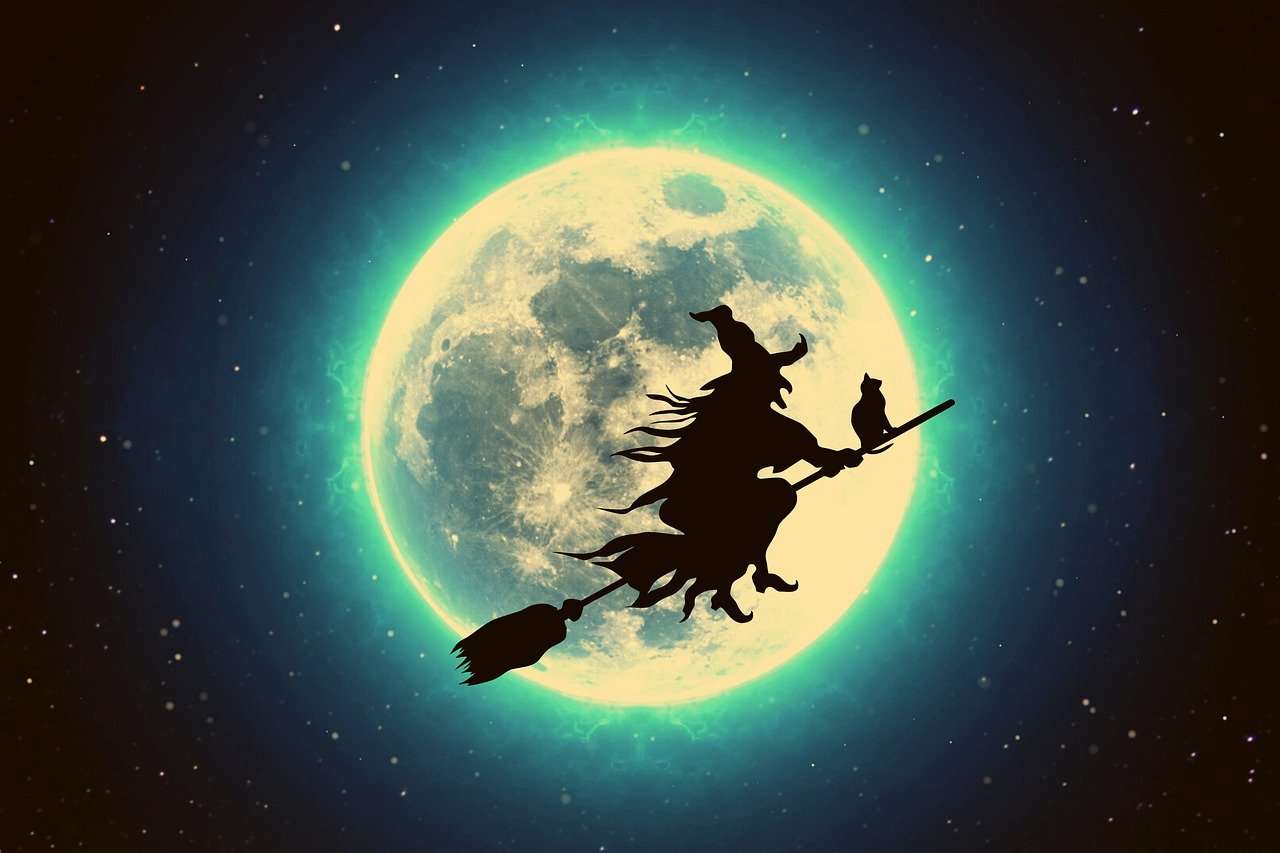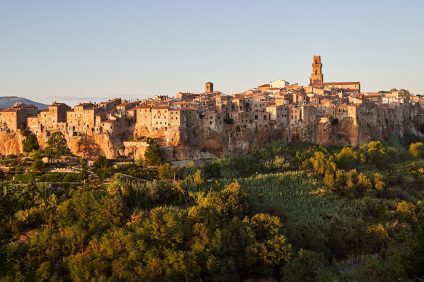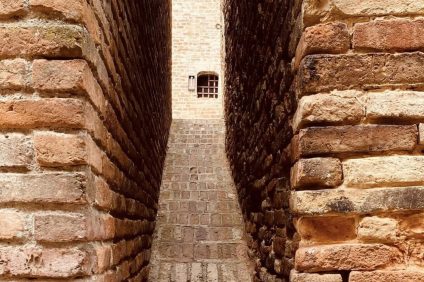On January 6th, the Befana arrives punctually and takes all the holidays away.
The Befana comes at night and takes away all the celebrations
“The Befana comes at night with her shoes all broken and with a Roman hat, long live the Befana!”punctually, he arrives on the night between January 5th and 6th traveling on a broom.
But where does this name come from? The term "Hag" comes from the Greek Epiphany, and therefore it means apparition or manifestation. Precisely on this day, in fact, the son of God, revealing himself to the mortal Magi, made himself known to the whole world.
The flying Befana returns to Latina in Piazza del Popolo on January 5th - itLatina (italiani.it)
The Befana in the collective imagination and according to different traditions
But how is it represented? Usually it is one old with long nose and sharp chin who travels using a broom. Wear one gonna broad and dark, a apron with pockets and one shawl. On his head, however, he has a handkerchief or bad hat.
Originally it represented the year that had just passed, while the gifts were a good omen for the new year.
According to Christian tradition, the story of the Befana is intertwined with that of the Three Kings. Apparently, according to legend, in fact, the Magi asked an old lady for information on how to get to Bethlehem, offering her to join them, but she refused. However, once they left, the old lady regretted it and decided to prepare a bag full of sweets and she started looking for them, giving sweets to every child she met, in the hope that it was Jesus.
Befana: story of a flying broom on a cold winter night (italiani.it)
The Befana in the world
How is it celebrated around the world? Let's start with Spain. Here it is not the old lady who brings the gifts, but rather the Three Kings. In Francia, instead, a traditional cake is prepared with a broad bean called Galette des rois. Whoever finds the bean is the king or queen of the party. In Romania, the little ones knock on houses to tell stories and get money or sweets in exchange. In Iceland, the day of the Epiphany is called the thirteenth, as 13 days have passed since Christmas and it is celebrated with a torchlight procession. Moving instead to Mexico, here you eat a dessert prepared for the occasion called Rosca De Reyes which must be eaten on January 6th otherwise the anger of a witch will be unleashed.
How is it celebrated in Italy?
In Italy, the Befana, on her broom, brings gifts, chocolates and sweets (but also coal) to the little ones, leaving everything in socks prepared specifically for the occasion.
It is the children who leave the old lady a meal which they will then find consumed in whole or in part and the handprint of the Befana who, dirty with ash, touched the plate.
Depending on the region, the dishes to be tasted also change. In Cuneo (in Piedmont), for example, we eat the Fugassa d'la Befana, while in Liguria they eat the Three Kings donut. In Tuscany, they eat instead befanini and seahorses of Siena. Crossing the beautiful country, we arrive in Abruzzo, where it is possible to taste delicious biscuits, known as pepatelli.





